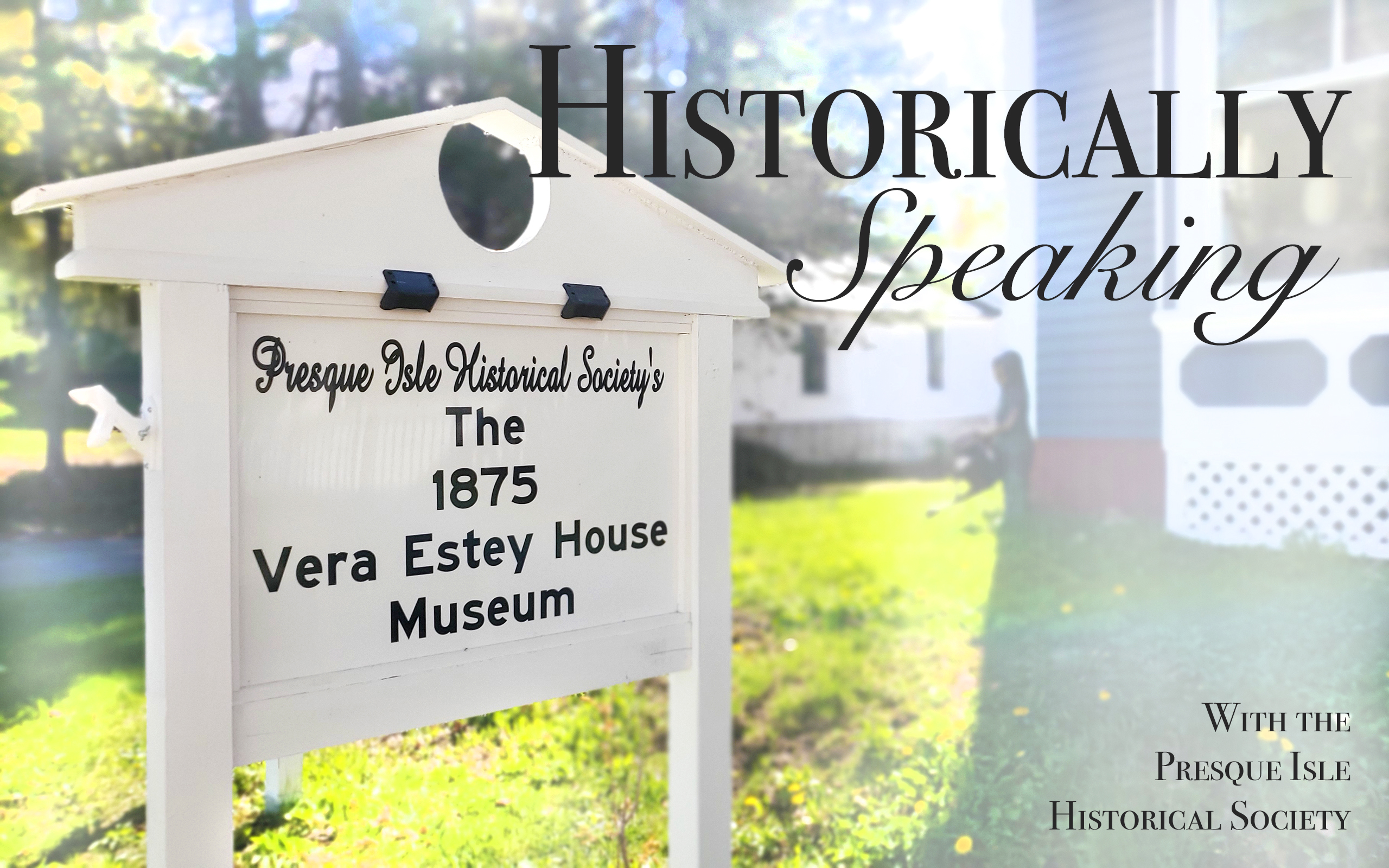It should be fairly obvious that flying and drinking heavily do not mix. As such, many early pilots would request a less than full shot of liquor, or a “short snort.” Long before aviation became federally regulated, pilots jokingly began calling each other “short snorters.”
At some point in time the phrase began to be applied to paper currency. The exact creator of this practice is difficult to pinpoint.
Former World War I pilots became “barnstormers” after the war. These pilots dropped advertising leaflets over towns, performed aerial stunts and gave plane rides, and were often organized into flying circuses. In the 1920s, Jack Ashcraft of the Gates Flying Circus exchanged a signed dollar bill with his boss claiming they were now members of the “short snorter” club.
Alaskan Bush pilots transported mail and passengers in rural Alaska, explored and mapped northern Canada, and brought in medical supplies for Native Alaskans. In 1925, bush pilot Joe Crosson founded a short snorter club.
Hot air balloons have been used by the military as early as the American Civil War, during which time they performed aerial reconnaissance. In 1918, there were 102 balloon companies in the U.S. Army, of which 36 traveled overseas with U.S. forces. Balloon short snorters were known to have circulated in 1926.
Prior to the U.S. entering World War II, pilots would celebrate their first time landing at a foreign airport or first trip across the equator by signing and swapping paper currency. Once America entered the war, soldiers would document their flights by getting signatures of those they crewed with or met along the way. If you were to come across someone with whom you had previously swapped a short snorter, you would be challenged to produce the note or buy the next round of drinks.
Celebrities who traveled extensively for the USO to entertain troops would often sign the bills to boost morale. In some instances, it became a symbol of good luck for the flight crew.
From 1940 until 1961, Presque Isle had a military base. From 1940 to 1947, it was called the Presque Isle Amy Air Field, and from 1947 to 1961 it was the Presque Isle Air Force Base. As the last base on US soil before aircraft left for the European theater, many celebrities came through Presque Isle on their way to entertain the troops overseas.
Some celebrities actively served in the military. One such celebrity, Clark Gable, was a member of the Army Air Corps and flew in to Presque Isle Army Air Field. There was a mechanical problem with his plane, necessitating him remaining at the base for a few days. While here, he signed a short snorter for Supply Officer Lt. Col. Ellis “Bud” Survant. Survant donated the short snorter to the Presque Isle Air Museum.
Short snorters could be a single bill or several taped together. The U.S. $1 Silver Certificate was the currency of choice, although foreign currency was used frequently as well. Pre-World War II short snorters are fairly rare.
Today, there are now “space-flown snorters” with astronauts such as Alan Shepard, John Glenn and Gus Grissom.
Kimberly R. Smith is the secretary/treasurer of the Presque Isle Historical Society.








